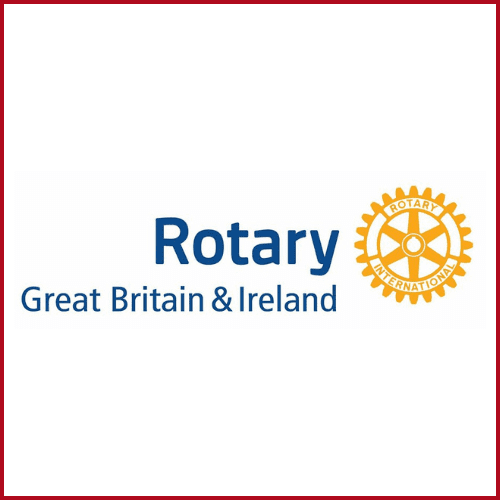
The Anita Mendiratta Foundation is a registered charitable incorporated organisation. UK Charity number: 1185358
Across our shared world the future of children is shaped by their ability to receive safe, secure, steady, and lovingly supported education.
For children at risk forced out of school due to circumstances beyond their control – poverty, conflict, or other types of crisis – restoring schooling, especially at early childhood level, is critical.
Why? Because when a child is able to return to school, not only is hope and possibility unlocked in their life, the community ecosystem operationally, financially, and emotionally is reactivated, keeping families and communities safe, strong and hopeful.
The Anita Mendiratta Foundation works in tourism-dependent countries to rebuild communities after crises, focusing on restoring early childhood education. Through partnerships with local organisations AMF is able to reactivate community ecosystems through schooling, making a world of difference for families and communities across the world.
Click here to read our latest Annual Report.
CURRENT PLACES OF IMPACT
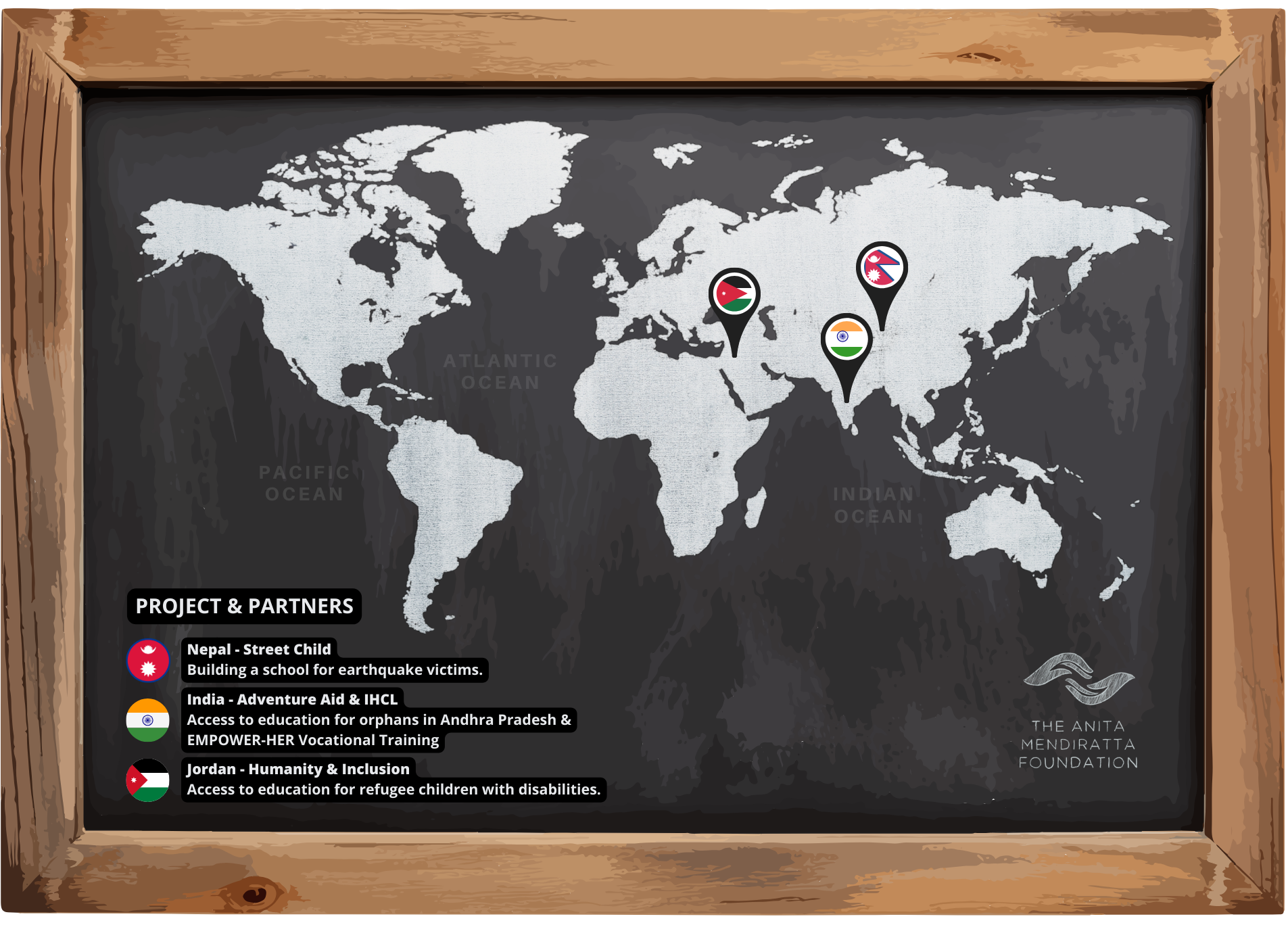
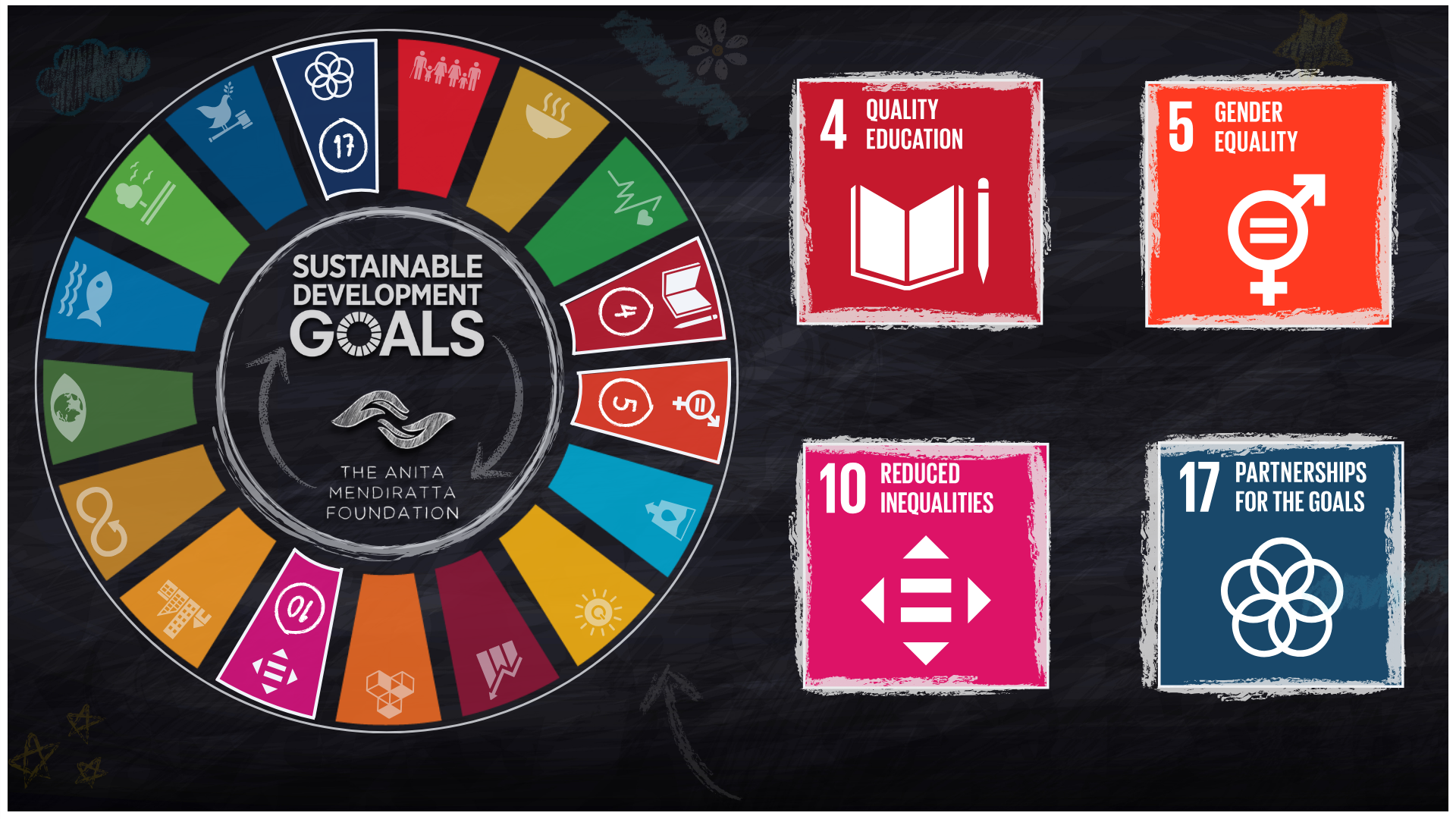
The Sustainable Development Goals (SDGs) are a global initiative to create a more equitable, just, and sustainable world. Introduced in 2015 by the United Nations, the 2030 Agenda for Sustainable Development outlines 17 goals to achieve this vision. AMF focuses on advancing four key SDGs: Quality Education (SDG 4), Gender Equality (SDG 5), Reduced Inequalities (SDG 10), and Partnerships for the Goals (SDG 17).
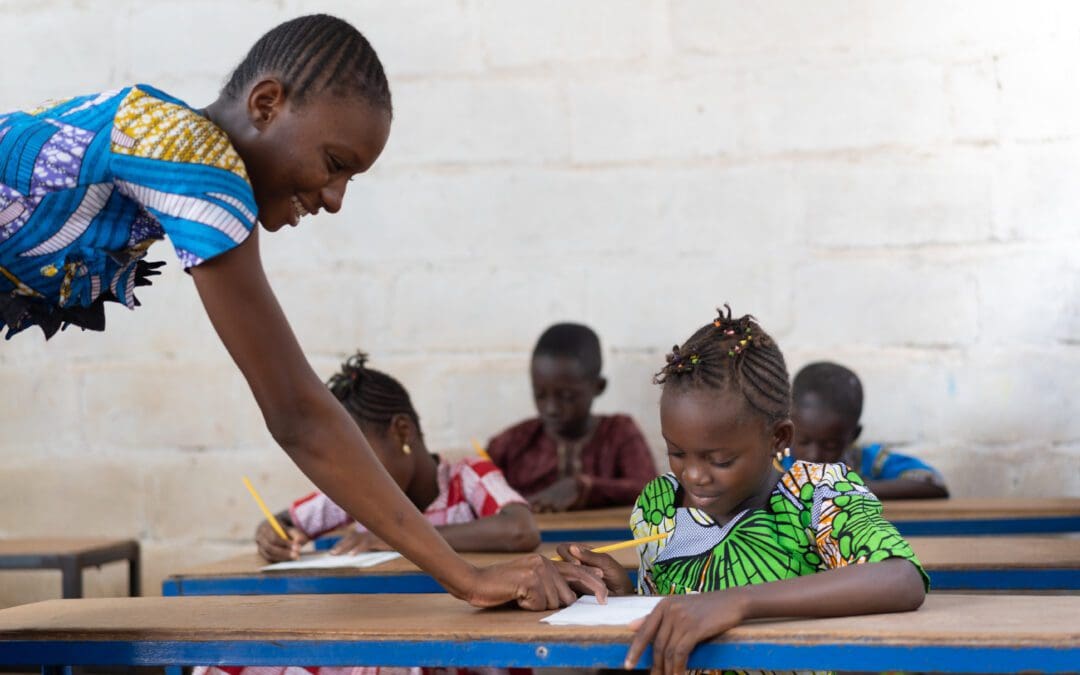
Healing Trauma and Rebuilding Hope Through Education
Every child deserves a magical childhood, one full of laughter, play and learning. Yet for many little ones, their reality can be far from that.
Children who grow up surrounded by crises have to navigate a world very different to those who are fortunate enough to have had a secure, loving childhood. In many situations it is actually access to education that provides children with a safe space to grow, develop and work through crisis-caused trauma.
We recently spoke to Dr. Cheryl James-Ward, an established teacher, exceptionally qualified professor, inspiring educational leader and a greatly valued Trustee at the Anita Mendiratta Foundation, on the topic of equal access, education and its role in supporting children through crisis and trauma.
YOU HAVE SPOKEN PASSIONATELY ABOUT EQUITY AND ACCESS WHEN IT COMES TO EDUCATION, COULD YOU TALK A LITTLE MORE ON THIS?
“No one chooses the circumstances they are born into. Children can’t pick the country they live in or decide on the state of education in their local area. They also can’t select their caregivers. Some parents and guardians are having to work all day just to put food on the table and naturally come home carrying trauma that will pass on to those around them.
Because of this, so many children lose out on opportunities, are facing painful trauma and do not have equitable access to social, financial, emotional and educational capital.”
SO, WHY IS ACCESS TO EDUCATION SO IMPORTANT FOR CHILDREN WHO ARE EXPERIENCING OR HAVE EXPERIENCED TRAUMA?
“Childhood is such a formative time for all of us and sets the stage for our adult lives. Kids in their first six months to a year learn how to deal with the world. They learn if they have to fight, if they live in a calm place, whether love flows, and then they learn how to address it – all in just the first 12 months. For many children that experience of trauma and crisis, whether in the first year or after, is not dealt with and the right supports aren’t put in place.
As educators, we have the responsibility to help identify these issues as soon as possible and offer all the support we can. If we address the problems early, we might be able to prevent the trauma from continuing into adulthood.”
WHAT DOES SUPPORT LOOK LIKE FOR CHILDREN WHO ARE RECOVERING FROM TRAUMA AND CRISIS?
“Where possible it’s important to have counsellors on site to work with the kids, their guardians and the school – when all three work together, progress can be made. We owe it to the child and to society to get this right as soon as we can. That’s one of the first steps. But I also believe in love, we got to love kids and if we love them, they’ll try their best.
I remember I had one student who really tested me and just wore me out. I almost wanted to give up on her, but then I came to my senses and realised it’s my responsibility to support her. I told her and her mother, ‘I’m going to be your mentor and we are going to get you through high school’. She pushed me. She fought her mum and there were ups and downs. We had daily and then weekly check-ins where it was so important to tell her how much she had to offer the world and how much I believed in her. She ended up graduating with honours and went on to a UC school where she will flourish.
It is our duty to help every child, help them find their way and build them up – that is what real support looks like.”

Dr. Cheryl James-Ward, Trustee.
Join us at the Anita Mendiratta Foundation in our mission to ensure all children have equal access to schooling and the transformative support of educators like Dr. Cheryl James-Ward. Find out more about what we do today.
#AMFCallToAction
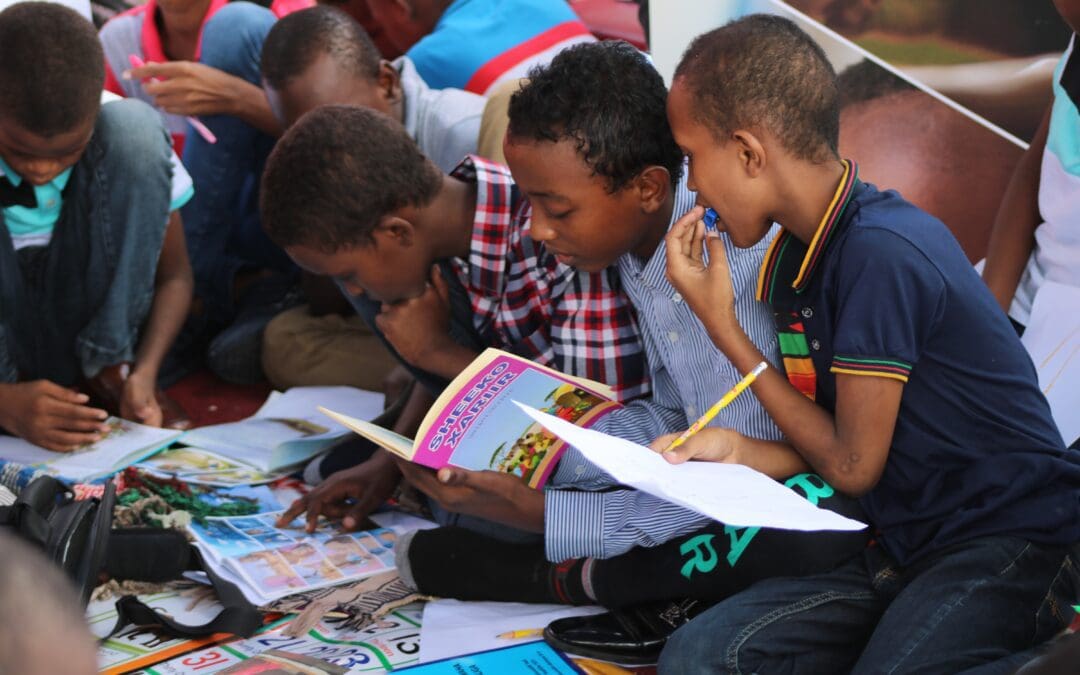
Education – The Biggest Teacher In Crisis Recovery
Why does early childhood education matter? Because hope matters. Because confidence matters. Because opportunity matters.
Education is at the heart of The Anita Mendiratta Foundation (AMF). It drives everything we do. As outlined in the UK Charity Commission, our mission is to support ‘the advancement of education in developing communities around the world with the aim of remobilisation of communities when they are in recovery stage following crisis events.’
Sadly however, in the context of a crisis, it doesn’t usually come to mind. Yet education is often a vital cornerstone to a successful recovery from a crisis.
Speaking to Grace Towler, Co-Lead of Global Projects at AMF and a former educator, we discussed more on why education is at the heart of what we do.
WHAT MAKES EDUCATION SO IMPORTANT FOR BOTH CHILDREN AND THEIR COMMUNITY?
“Education is so much more than simply a tool to meet the needs for basic job qualification. It goes well beyond just academic learning, education teaches a child to observe, understand and comprehend. Education provides a roadmap to help guide them in how to approach life. By having safe access to schooling, a child can truly blossom mentally, emotionally, socially and physically.
Ultimately, education doesn’t just provide stability, financial security and opportunities. It inspires curiosity, it increases a child’s confidence and it teaches kindness. Education is the key all children need and deserve to unlock both their own and their communities future potential.”
SO, HOW DOES EDUCATION LINK TO CRISIS?
“When crisis hits, one of the first pillars to fall, and last to be rebuilt, is education. Rightly, the initial focus is on rebuilding the physical foundations and restarting the economy. But without a safe place for children to go to each day, the adults within the community are unable to rebuild these key pillars.
It is usual practice after a crisis for schools to become a location for make-shift refugee camps.
Although this may be the only safe building for people to shelter, it not only takes away the children’s access to actual education, but also safe childcare. Once again preventing the adults from rebuilding key infrastructure.
From the perspective of the little ones, having the routine of a school-day brings back a vital sense of normality. When crisis hits, children often lose everything they know, need and love. So for many, education can offer the security they so desperately need, the stability of teachers, of school friends and the day-to-day routine education brings.
When all this is taken into account, it’s clear to see just how important the rebuilding of educational infrastructure is. Education can often be the first spark needed to ignite the hope, promise and resources needed by communities to recover from crisis.”
WHAT ABOUT EDUCATION BEYOND RECOVERY, CAN IT PREVENT FUTURE CRISIS?
“Education is absolutely crucial in preventing future crises. It teaches children vital concepts such as peace, equality, tolerance, empathy and sustainability. A school can provide the grounds to bridge the gap between different ethnic groups, helping to erode long-standing cultural differences and discord that can lead to conflict.
Education empowers children by providing them with the knowledge they need to protect themselves by identifying signs of future potential disasters. In each classroom there could be future scientists, artists, adventurers and leaders who will transform their communities, but they all require a safe, secure place to learn and flourish.
As one of our greatest leaders so eloquently said, “Education is the most powerful weapon which you can use to change the world” – President Nelson Mandela.”
Join us – be a part of re-inspiring hope, opportunity and possibility. #AMFCallToAction

Grace Towler, Co-Lead on Global Projects.
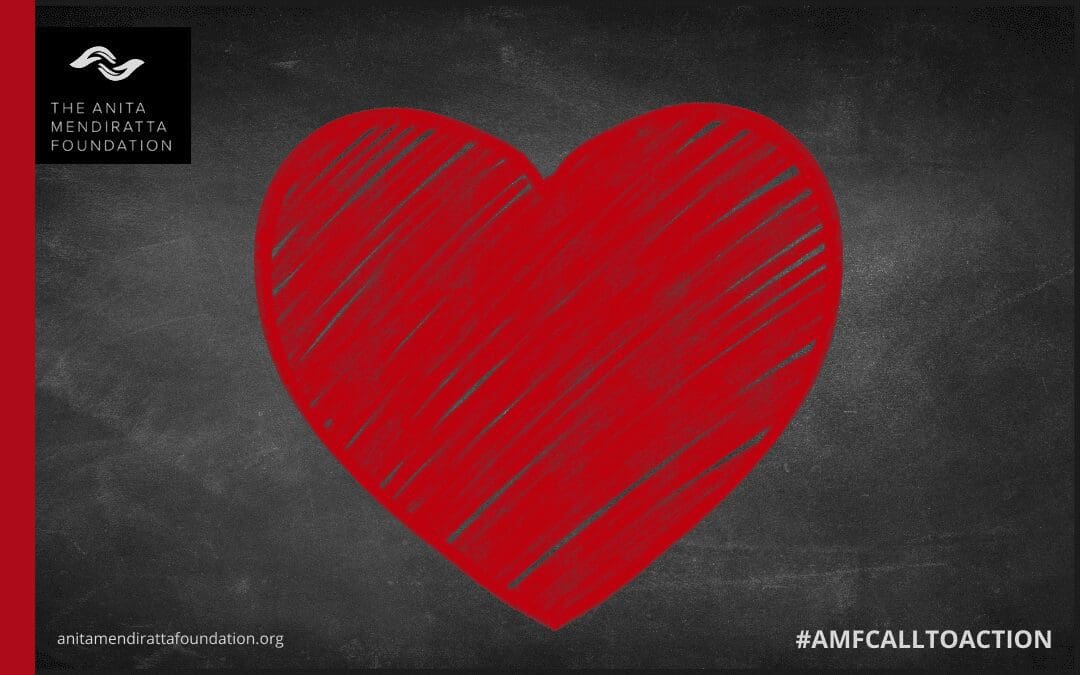
AMF – A Call to Action
A Call to Action
It was one of life’s defining moments.
It was May 2014, six months since Super Typhoon Haiyan had hit the Philippines – Tacloban, to be precise. I was blessed to be in the Philippines on an official UNWTO mission alongside the former Secretary General of the UNWTO, there to examine the damage of Mother Nature’s merciless temper tantrum. The category 5 Super Typhoon had hit just before dawn local time on November 08th 2013, causing unprecedented damage as the system’s one-minute sustained winds of a record 315 km/h battered the sleeping landscape and local community. Along with the catastrophic winds came a storm surge estimated to be between 5m and 7m high.
Nationally, the fury of Super Typhoon Haiyan (locally in the Philippines as Yolanda) impacted more than 14 million Filipinos. More than 6000 lives were lost, over 1.1 million homes turned to rubble, over 33 million coconut trees – a critical source of lives and livelihoods and essential aspect of the landscape – ripped from the ground. The daily work of over 5.9 million was disrupted. The overall damage was over US$ 5.8 billion. In Tacloban an estimated 90% of the city was destroyed.

These numbers, when you look at them individually and together, are numbing. And yet when the world looks at crises the numbers can become the basis of comparison, the words ‘only’ and ‘just’ often entering the narrative. And yet, so importantly, behind every single number is a heartbeat, that of someone whose life has been turned upside down. The life of someone who has suffered unexpected, undeserved, unimaginable loss. The life of someone who will never look to the future the same again.
Leaving Tacloban on a tiny UN airplane (as the airport was still closed due to severe damage so only official charters were permitted), I turned to the Secretary General, and I asked him “Why are we here? Why are we here when these people need hospitals, they need schools, they need electricity? They don’t need tourism, not right now.” He didn’t look at me – he just continued to stare out of the now airborne aircraft window, far out over the broken landscape. And all I heard were his words, softly spoken: “Because they need to know they were not forgotten.”
Those words have haunted and inspired me since, and they have become the inner voice of the Anita Mendiratta Foundation. Our call to action.





Our partners



